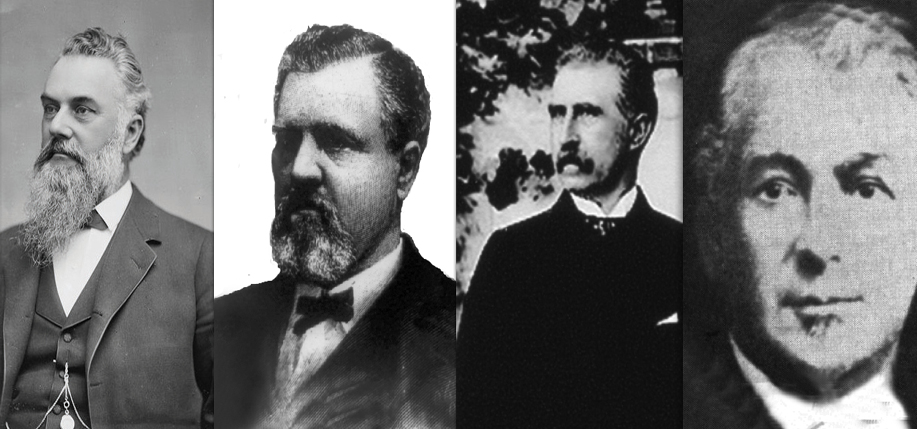The Bonanza Kings

Brought to you by Hennessey in the Home.
Gold (and Silver) Rush of 1849
During the Gold Rush of 1849, only the hardiest of men crossed a rugged nation for untold riches waiting for them in California. When silver was discovered in current day Virginia City, Nevada, only the hardest of the 49ers made their way over the rugged terrain of the Sierra Nevada mountains in the hope of striking it rich yet again.
While Billy Ralston and his womanizing business partner William Sharon became the early dominate mine owners in the region, they would soon be unseated by four uneducated Irishmen who would collectively become known as the bonanza kings.
The Comstock Lode Bonanza Kings
While John Mackay and James Fair worked shoulder to shoulder with their miners, they partnered with San Francisco bartenders James Flood and William O’Brien, who opened their bar by pure chance next to the San Francisco Mining Exchange, where they captured insider knowledge about various silver mines when the traders came in for lunch.
James Fair was the best miner of the partners, and after the Consolidated Virginia Silver Mine exhausted what was commonly thought to be its last ounce of silver, Fair was convinced that the true motherlode of the Comstock lay much deeper than Virginia City mine owners had plumbed.
While Fair and Mackay started digging deeper in the mine, the bartenders quietly began buying up shares of Con Virginia stock as share prices plummeted from over $1000 a share to under $50. Once the four Irishmen owned the lion’s share of Con Virginia stock, they unearthed the largest single silver strike in world mining history, making the four immigrants some of the wealthiest men in the world.
The “Fair” Senator
James Fair would go on to become a Senator for the State of Nevada, unseating William Sharon as the two spent their millions to vie for power. Fair’s wife would later divorce him on grounds of “habitual adultery.”
Fair died at age 63, igniting a huge public scandal when his will mysteriously disappeared from the County Clerk’s Office before any of his surviving children could read its contents.
Soft-spoken and mild-mannered, William O’Brien became known as the “Jolly Millionaire,” freely confessing that he had neither taste nor talent for making money, prompting him to attribute his puzzling rise to affluence as an act of grasping onto rapidly ascending kites and simply holding on for dear life.
After his death at age 52, a veritable conga line of women claimed to be the dead millionaire’s wife, clogging the court system as they laid claims on his estate. James Flood would go on to build ever-larger mansions around northern California, including his Nob Hill home comprised of 42 rooms.
Odd as it may seem, it was not the house itself that enthralled the citizens of San Francisco, but the block-long fence that surrounded the property. Known today as ‘Flood’s brass rail,’ its wealthy landlord employed a man full-time to polish the brass in much the same way as Flood had once maintained his rail at the Auction Lunch Saloon.
John and Marie Mackay
While John Mackay preferred a simple life in San Francisco, his socially climbing wife set up lavish homes in London and Paris. Marie Mackay solidified her entrance into Parisian society by hosting a party for Ulysses S. Grant while the ex-Civil War general was on his post-war world tour.
To further her growing fame, Ludovic Halevy, a popular French novelist published L’Abbe Constantin, a book about a fabulously rich American woman who tires of her life in Paris and moves to a rural mansion. The book became a mainstay for young Americans learning French, and the main character, Madame Scott, was clearly drawn from that of Marie Mackay.
